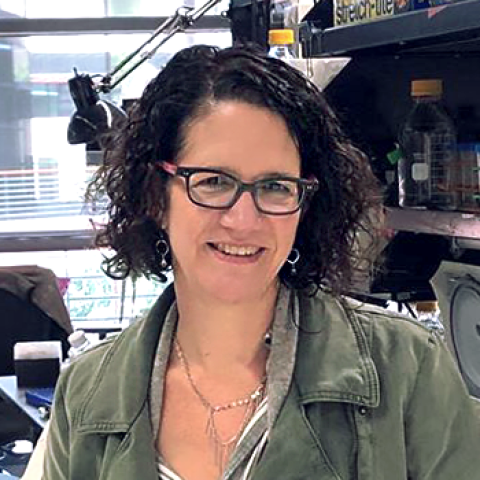Interdisciplinary Initiatives Program Round 10 - 2020
Gheorghe Chistol, Chemical & Systems Biology
Karlene Cimprich, Chemical & Systems Biology
Eukaryotic cells need to copy their genome to create new cells in a process known as DNA replication. Replication is normally executed in a highly organized, precise fashion so that errors are minimized and the blueprint for cell growth and function is perfectly copied. However, when problems arise during replication, mutations can occur that lead to permanent changes in the genome, changing the cell’s instruction manual. These changes can drive uncontrolled cell growth and ultimately lead to cancer. In fact, many cancers result from failures in the replication process, and many cancer predisposition syndromes result from mutations in the machinery that replicates or repairs DNA, such as the hereditary breast and ovarian cancer genes (BRCA genes).
The molecular complex that carries out replication is known as the replisome. This is a large molecular machine with many moving parts that is highly regulated to minimize mutations and prevent minor forms of DNA damage from becoming more toxic. Currently, most replication studies are performed on large populations of cells, making it difficult to understand how the replisome responds to DNA damage at the molecular level. We would like to examine this complex biological machinery in human cells in exquisite detail. Therefore, we propose to establish a super-resolution imaging platform to directly visualize individual replisomes and DNA lesions in single cells. This new collaboration will combine the Cimprich laboratory’s experience in DNA damage biology, genome editing, and human tissue culture with the Chistol laboratory’s expertise in single-molecule biophysics and biochemistry. We expect it will provide an unprecedented view into the process of DNA replication and the cell’s response to DNA damage during replication, thereby allowing us to understand how replication failures can lead genome instability – a hallmark of cancer.



